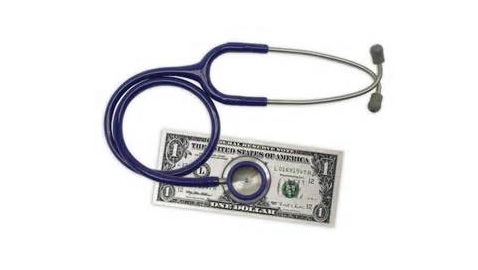Science recognizes inequality as the main dilemma of our time.
Post Views 1It is either the primary element of social instability: the larger and more diverse the inequality, the higher the dangers of social tension and social conflict.
The degree of inequality and its public perception largely reflects the civilizational orientations of the population. Economic, social, political and ethnocultural inequality is distinguished. The principal type is typically financial inequality, essentially the most apparent manifestation of that is revenue inequality. It generally causes inequality in access to simple social goods, sources, and also the realization of fundamental rights. But income inequality itself is actually a consequence of other varieties and manifestations of inequality. Lack of chance to acquire a high-quality education dooms young children from poor families to lower probabilities of getting a decent job and, eventually, dooms them to poverty in adulthood. Due to the fact even in the world (exactly where a large a part of the population with greater education will not perform within a specialty or in jobs that do not need high qualifications) given that 1999 there’s a continuous direct link amongst the level of education and income. This completely applies to life inequality – children from poor households are at larger danger of premature death or illness. High-income people are inclined to reside longer than the poor, and fantastic health is the foundation of fantastic economic competitiveness.
Formulation from the dilemma.
There are unfavorable trends on the planet with regards to the health on the population generally and person socio-demographic groups in unique. Political contradictions, financial issues, unfavorable socio-cultural atmosphere worsen the mental and physical health of young persons, stimulate the spread of negative habits. The well being of the nation nowadays is seen as an indicator of the civilization of your state, which reflects the socio-economic circumstance of society. Alterations in public policies, the development of production technologies in the second half of the twentieth century. confirmed that there’s a case analysis paper robust correlation in between human health and the nature in the society in which it lives, social conditions and life style variables. Within this regard, there is a have to have to find popular http://www.spl.org approaches towards the formation of educational policy of states on the formation of a healthy life style of young people. The assertion and development of Ukrainian statehood, the desire to join the European and globe community encourage the study and focus on the most effective world expertise, the trends that determine the international state educational policy on youth.
The option of indicators depends not only around https://www.ewriters.pro the scale and objectivity on the assessment of the wellness on the population, but in addition on the determinants that identify its inequality amongst distinct socio-economic and demographic groups. Criteria and principles of selection of indicators that most fully reflect the state of overall health with the population and socio-economic determinants that decide it are defined. It truly is proved that the proposed indicators ought to, on the a single hand, be genuine, ie correspond towards the specifics of domestic statistics, contemporary well being care method, socio-economic situation, amount of social stratification, mentality and lifestyle of the population, and so on. On the other hand, the developed indicators ought to take into account the suggestions of experts. The indicators which have the greatest influence on inequality in public wellness have been identified. All indicators are divided into two groups: indicators of overall health status and indicators of socio-economic determinants that ascertain its inequality among the population.
Science recognizes inequality as the main dilemma of our time. by


 NASA to Cut Jobs at Glenn Research Center
NASA to Cut Jobs at Glenn Research Center  Wealth Increases for America’s Top 20 Richest
Wealth Increases for America’s Top 20 Richest  Oracle Moving Jobs from Mexico to Oregon
Oracle Moving Jobs from Mexico to Oregon  Detroit Declares Bankruptcy
Detroit Declares Bankruptcy  Obamacare Inspires Cost-Hiking Mergers
Obamacare Inspires Cost-Hiking Mergers  Slump in July Hiring
Slump in July Hiring  JPMorgan Chase Announces Job Cuts
JPMorgan Chase Announces Job Cuts  December Jobs Report Released
December Jobs Report Released